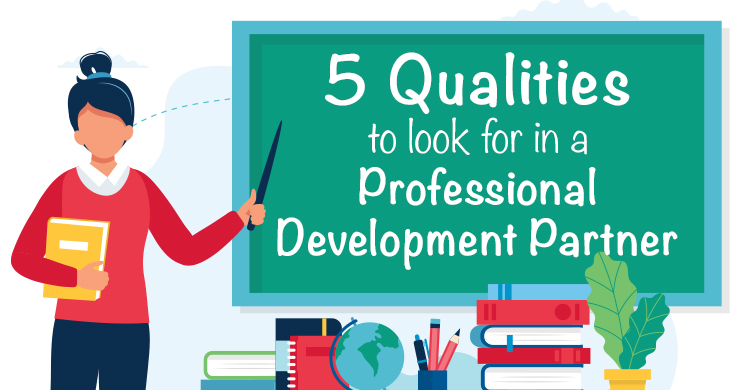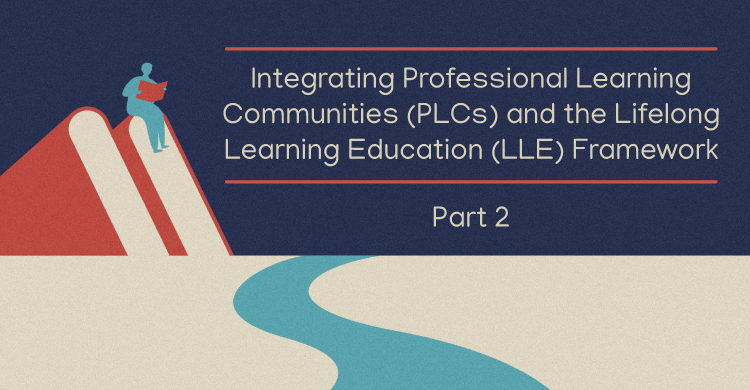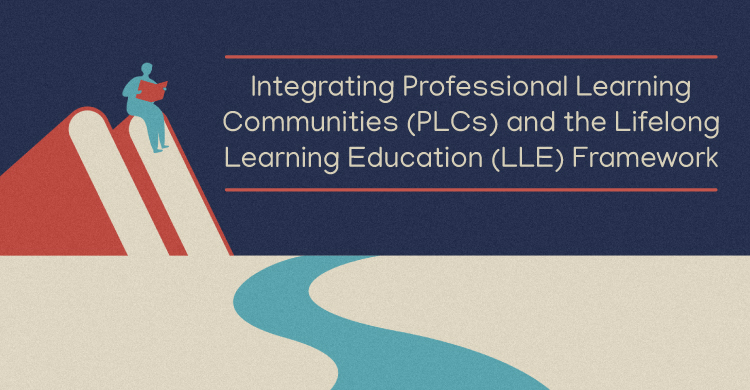Shaquille O’Neal and Kobe Bryant. Simon and Garfunkel. The 1977 New York Yankees. Dean Martin and Jerry Lewis.
What do these famous teams have in common?
Yes, they were all highly successful and rose to the top of their respective fields. Shaq and Kobe won three championships together. Simon and Garfunkel won 10 Grammy Awards. The ’77 Yankees won the World Series in dramatic fashion. Martin and Lewis made millions of dollars in Hollywood together. But each of these teams also had something else in common. Despite their undeniable success, the members of these teams didn’t always get along. In fact, they argued, bickered, and in some cases actually came to physical blows.
There is little debate that high-functioning collaborative teams are the key cog that drives the work of a Professional Learning Community at Work™. But what actually makes a team high-functioning? Successful teams maintain an equal balance of both collegiality (the respectful relationship between those who work together in a similar capacity) and congeniality (the degree to which people get along). Let’s make a clear distinction—when we think about successful teams in education, we must measure success by their impact on student learning, not by how many team happy hours they attend together. Don’t get me wrong, I’m not suggesting you slug your teammate in the jaw with your best right hook if you disagree. I am, however, saying that there is a time and place for engaging in healthy conflict.
A common misconception is that high-functioning teams are conflict-free. In reality, successful collaborative teams don’t avoid conflict; they embrace it. Strong teams are able to engage in lively, sometimes heated debate without eroding trust or compromising their ability to get their work done. Why? Because there’s a difference between the big stuff and the little stuff. To a basketball team, it’s about winning. To a school team, it’s about learning and student achievement.
Professional learning communities are characterized by having strong cultures built on the pillars of shared mission, vision, values, and goals. True collaborative teams embrace student learning as their primary purpose, and sometimes teams must go through difficult conversations in order to make this a reality. These kinds of conversations, though difficult and uncomfortable, are crucial. When teams can agree on shared beliefs about students, discuss their hopes and dreams, create common goals, and agree on a clear mission and vision, then their work becomes anchored in trust and there is clarity of purpose. When trust and purpose are clearly established, the conditions are ripe for high levels of learning for students and adults.
So, when conflict arises on a team, I recommend four simple strategies to keep in mind to facilitate communication and work through the problem:
1. Q-TIP (Quit taking it personally). Remember, your primary purpose is to ensure student learning. When students don’t learn the first time, don’t take it personally. When a teammate has had more fruitful success with his/her students, don’t take it personally. Model a spirit of inquiry with your teammates about what has worked best for them and share your collective successes.
2. Invite healthy conflict. Develop regular meeting norms for your team, and review them at the beginning of each meeting. This will help create the conditions to engage in healthy, honest exchanges that are designed to produce better outcomes for students.
3. Monitor nonverbal communication. Research indicates only 7% of what you communicate is through the words themselves. Body language and gestures send powerful messages, as do the tone, rate of speech, and volume of your voice. Pay attention to any and all nonverbal signals you may be giving.
4. Vary your approach. Is your teammate a veteran or a new teacher? Is it October or March? What have been your interactions with this colleague in the past? Consider these as well as other variables including personality, learning style, and life experience.
Certainly every school hopes to build an environment where all students succeed because people work well together and enjoy each other’s company. But personalities don’t always allow for that. So we must ensure that our teams are well grounded in their primary purpose—ensuring all students succeed. We must remind them that successful teams persevere through conflict and can actually use it as a catalyst to get better results for students. Great teammates don’t have to be great friends. Just ask Shaq and Kobe.
[author_bio id=”289″]







Some great ideas here! And because collaboration includes cooperation, there is value to learning to measure cooperative performance. EnTeam has a system for teaching this to teachers to help them create a supportive learning environment for their students. http://enteam.org/
Thank you so much for your important, relevant information about team collaboration. As a high school SLP, Special Ed. Dept. Chair and PLC Leader, the reality of conflict and disagreement was expected. If meetings looked perfect, without sharing different ideas, beliefs and methods, even with clear vision and mission goals, they really wouldn’t be as effective. So true that communication goes way beyond words alone, so when teams have time to meet with each other in person it makes all the difference. It took some time to get teams working together but the results were amazing, especially when teams said, “they made it happen”, not just the leader.